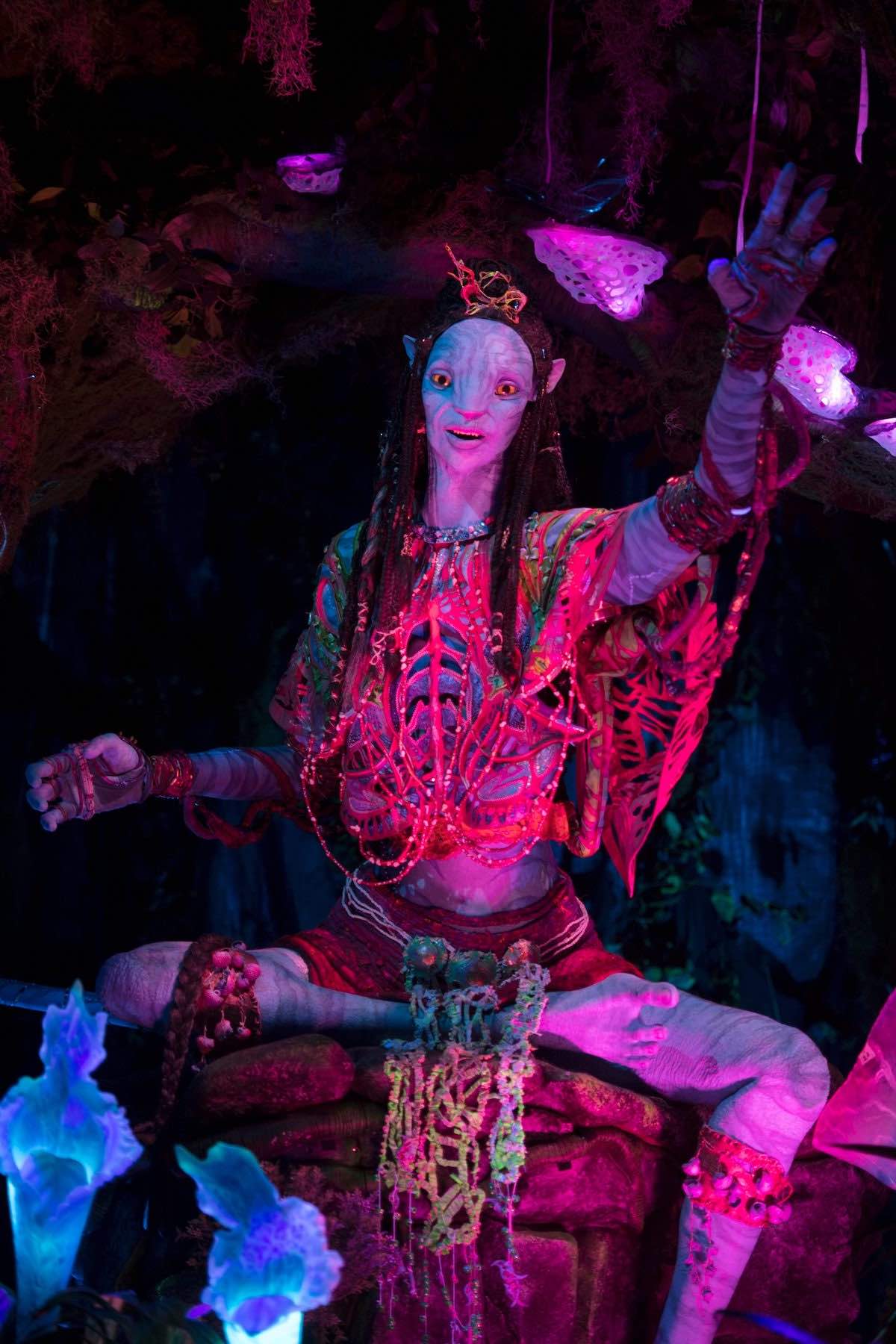When “Steamboat Willie” was first projected onto movie screens in 1928, audiences were captivated by its technological achievement and the antics of the film’s main character. Since the release of that first Mickey Mouse film with sound, Disney technology has continued to revolutionize storytelling — on and off the screen — with groundbreaking innovations.
From pioneering animation techniques and theme park innovations to its digital transformation, Disney has been at the cutting edge of entertainment technology for nearly a century.
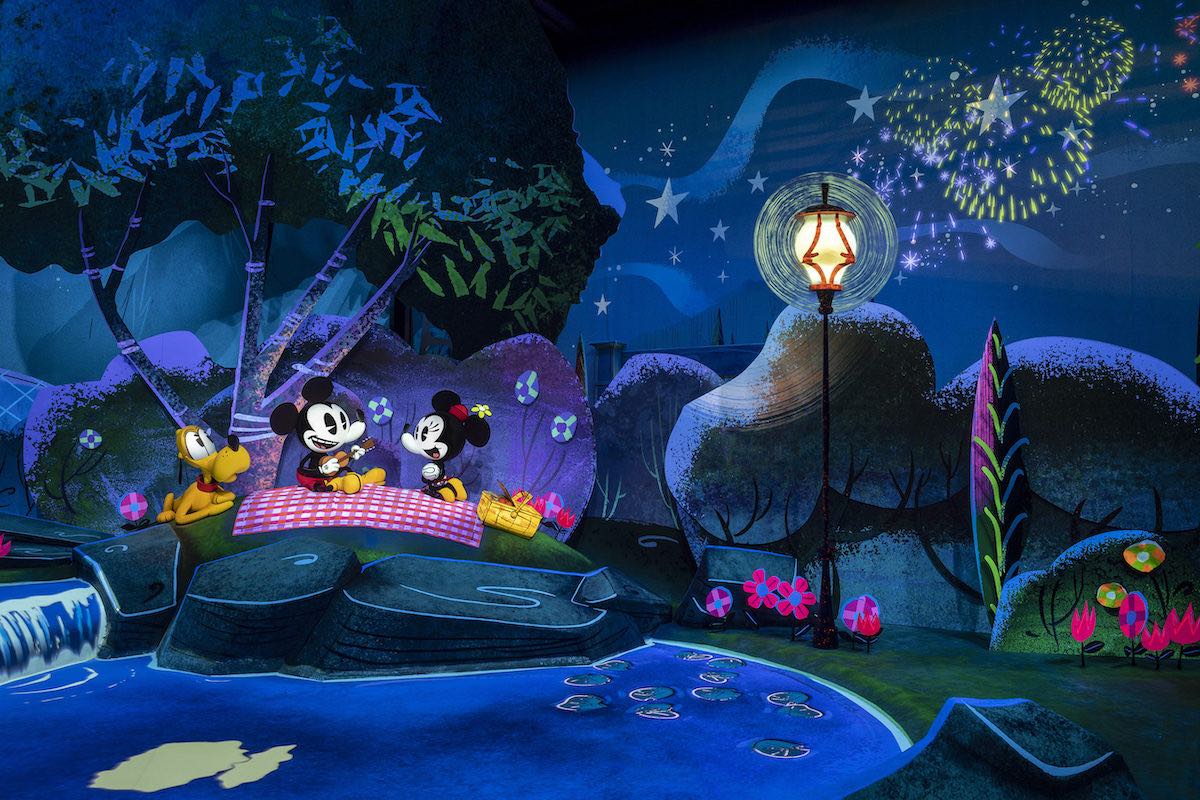
Early animation innovations
When The Walt Disney Company was Disney Brothers Cartoon Studio, animation technology was in its early years. Many of the techniques and tools needed to make cartoons possible had yet to be developed, with animators struggling to find ways of bringing their visions to life.
Rather than wait for this new technology to become available, Walt Disney, in his innovative style, ventured to build these capabilities in-house. The result was a great leap forward in filmmaking, ushering in new inventions that made full-length animated features possible.
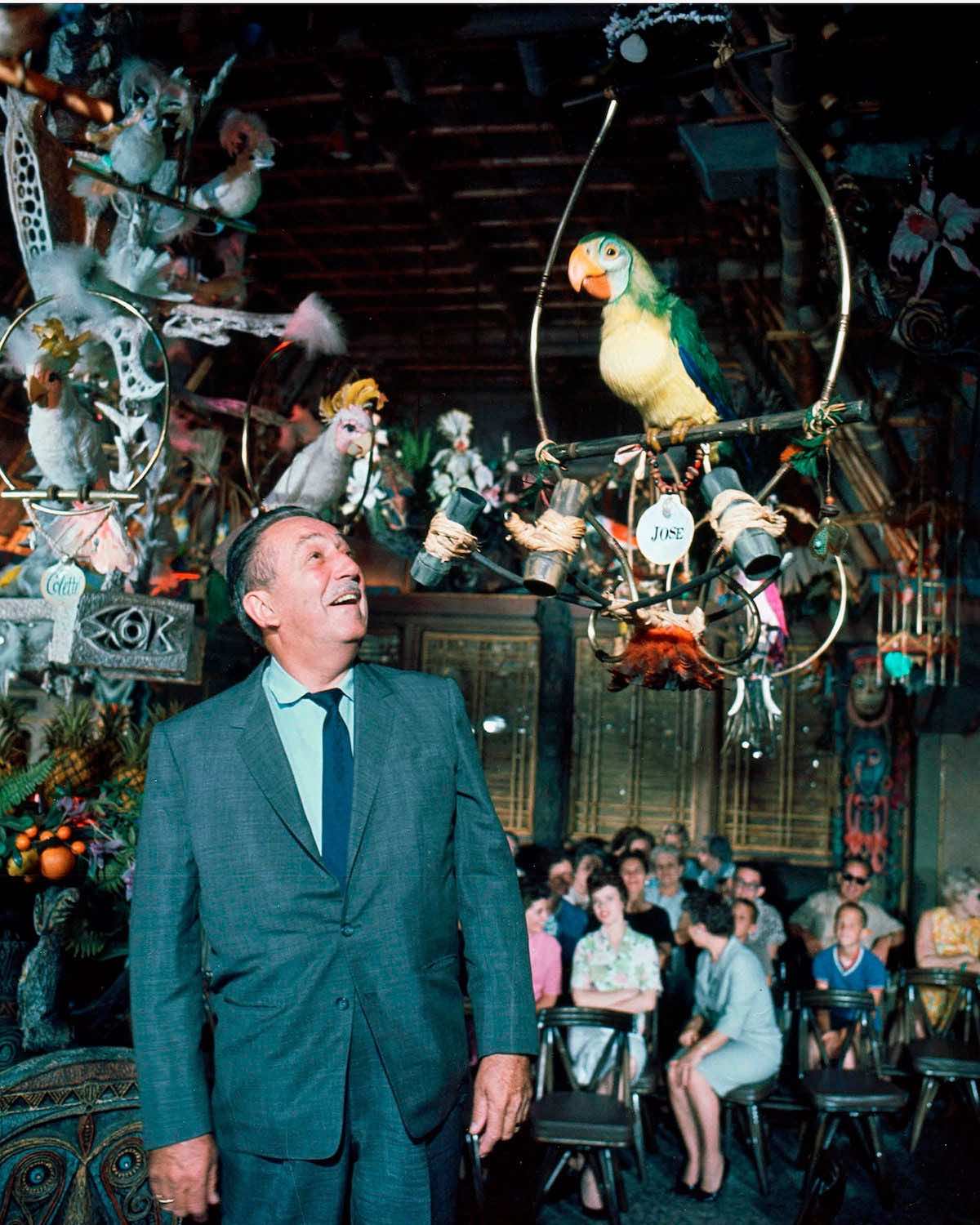
Technicolor
During the 1930s, Walt Disney Cartoon Studio developed technicolor, a film process that allowed movies to be produced in vibrant, lifelike colors. This visual enhancement of animated films allowed artists to create worlds that radiated energy and jumped off the screen in a way audiences had never seen before.
For Disney, technicolor was a game-changer. In 1937, the studio used this new technology to release “Snow White and the Seven Dwarfs,” which became the first full-length, color and animated feature. It marked a significant achievement in animation and cemented Disney’s reputation as a pioneer.
Rotoscoping
One of the biggest challenges in early animation was managing realistic motion and mannerisms for cartoon characters. Disney animators developed rotoscoping to achieve more fluid movement in their animated sequences. This technique involved tracing images over live-action footage to match movements frame by frame for a lifelike effect.
In “Snow White and the Seven Dwarfs,” animators used rotoscoping to construct Snow White’s movements. This technology played a crucial role in elevating the realism and emotional depth of Disney’s characters, setting new standards for animated storytelling.
Xerography
Before animation could reach its full potential, Walt Disney Studios had to cut down on production costs. Hand-drawn animation cels may have been feasible for cartoon shorts, but full-length films required something a bit more inventive.
Xerography allowed Disney animators to photocopy hand-drawn images into cels using photocopying technology. This innovation significantly cut labor costs by eliminating time-consuming steps like manual inking. Adopting this new approach not only led to a more streamlined animation process but opened the door for more Disney animated classics like “The Jungle Book” and “One Hundred and One Dalmatians.”
Early theme park technology
When Disneyland opened in 1955, it introduced an array of new entertainment technologies that transformed the theme park industry. Aiming to build unique attractions that were as fun as they were inventive, Disneyland’s team of Imagineers laid the foundation for imaginative experiences that continue to captivate guests today.
Notable early theme park innovations included:
- Audio-Animatronics technology: Walt Disney and his team introduced Audio-Animatronics figures, a groundbreaking technology that brought lifelike, moving figures to the park. The Enchanted Tiki Room (1963) and Pirates of the Caribbean (1967) debuted early examples of these mechanical figures, creating immersive and interactive experiences for visitors.
- Monorail System: Disneyland’s monorail system, introduced in 1959, was one of the first daily operating monorails in the Western Hemisphere. This electric-powered transportation system offered futuristic, elevated rides around the park, providing a novel and efficient mode of transportation.
- Matterhorn Bobsleds: Matterhorn Bobsleds opened in 1959 as the world’s first tubular steel roller coaster. The new feature combined steel construction techniques and novel engineering. Enhancing this attraction delivered a thrilling and innovative experience for park visitors, setting the standard for modern roller coasters.
Digital transformation of Disney technology
Since digital technology first arrived on the scene, Disney has embraced it as the next tool to change the entertainment industry. Here’s a look at some of the ways computerized capabilities have transformed Disney technology.
Pixar and computer animation
The Disney-Pixar partnership began a new era in the world of filmmaking and continued the tradition of groundbreaking leaps forward in animation. “Toy Story,” released in 1995, was the first feature-length film to be animated with computer-generated imagery (CGI) and became an instant classic among audiences of all ages.
The success of “Toy Story” led to Disney’s acquisition of Pixar in 2006, with collaboration between the two organizations leading to some of the most beloved CGI animated films to date. “Up,” “Wall-E,” “Monsters Inc.” and “Cars” would all be released around this time, each finding a place as an instant classic in Disney’s lineup of animated films.
The technological advances displayed in early Pixar films greatly influenced the movie industry as a whole, with rival studios adopting similar digital animation technology as an integral component of their storytelling approach.
Digital technology and theme parks
The integration of digital technology at Disney didn’t stop at the film studio. Imagineers around the world once again transformed the world of entertainment by developing attractions that used these new tools to create one-of-a-kind experiences.
For example, Disney’s acquisition of Lucasfilm in 2012 brought the iconic Star Wars franchise into the fold and enabled Disney to leverage the storytelling potential of the franchise while integrating innovative technologies. As a result, experiences such as Star Wars: Galaxy’s Edge in Disneyland and Walt Disney World have introduced cutting-edge advancements in Audio-Animatronics technology, interactive experiences and themed environments.

Imagineers have also developed an advanced form of robotics called Stuntronics, a groundbreaking technology that brings characters to life in an unforgettable way. While most Animatronics stay in one fixed position, Stuntronics have the unique ability to perform high-action acrobatic stunts like airborne flips and mid-air poses.
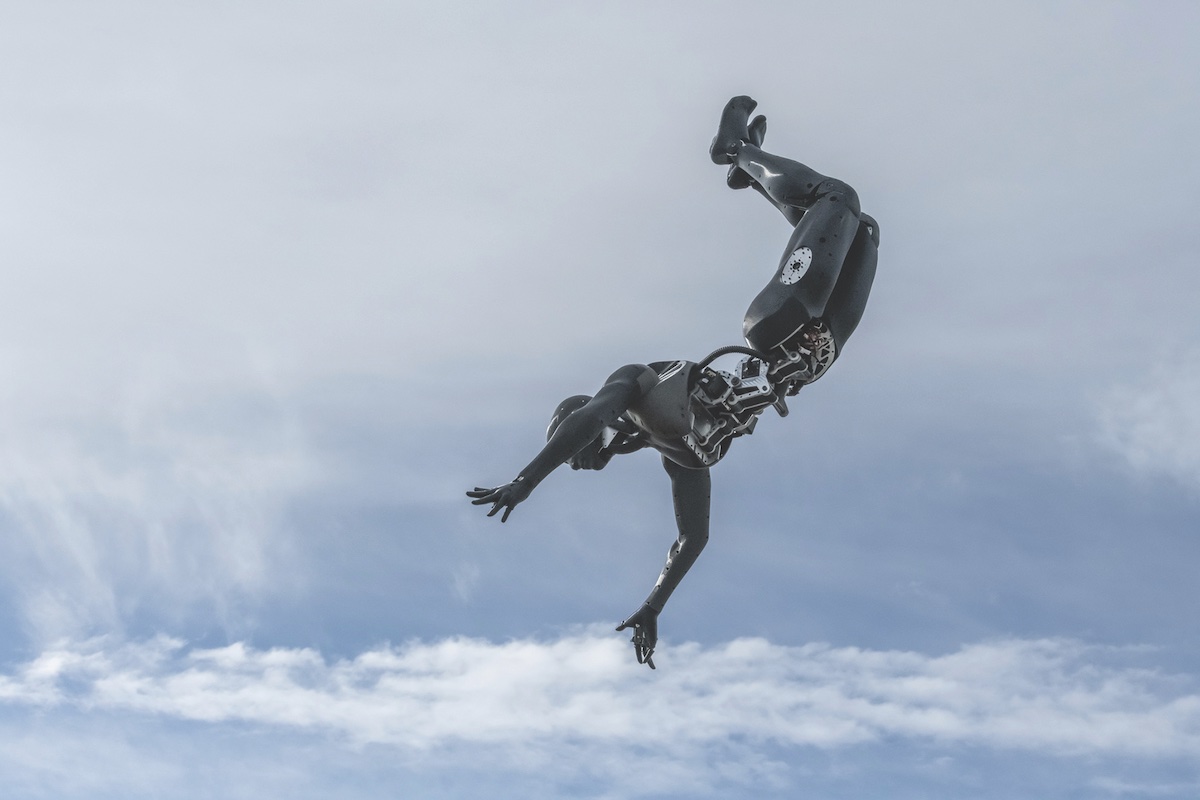
This technology is already dazzling theme park audiences through the addition of a Spider-Man Stuntronic at Disneyland’s Avengers Campus.
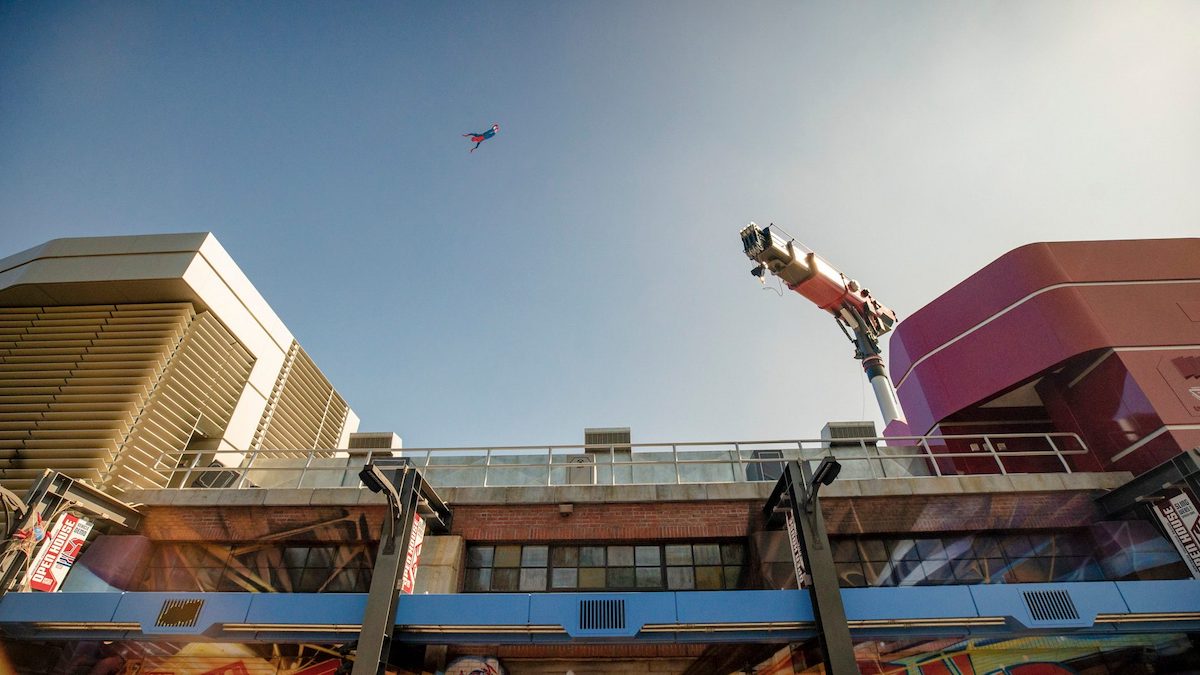
The future of Disney technology
After 100 years of guiding the entertainment industry from one generation to the next, The Walt Disney Company’s efforts continue to discover new and creative ways of reimagining entertainment. To this day, Disney’s technological advancements remain on the cutting edge, with Imagineers seeking out fresh, modern forms of delivering magical moments for theme park guests.
Virtual and augmented reality
Branching off the capabilities offered through digital technology, virtual and augmented reality offer a promising new arena for even more immersive experiences. Imagineers are already studying how this tech can be brought to its full potential when combined with Disney storytelling.
Virtual reality, or VR, in theme parks involves the use of headsets or goggles that completely cover the user’s field of vision, creating a computer-generated virtual world for them to interact with. Augmented reality, or AR, uses computer-generated images and information overlaid onto the real-world environment.
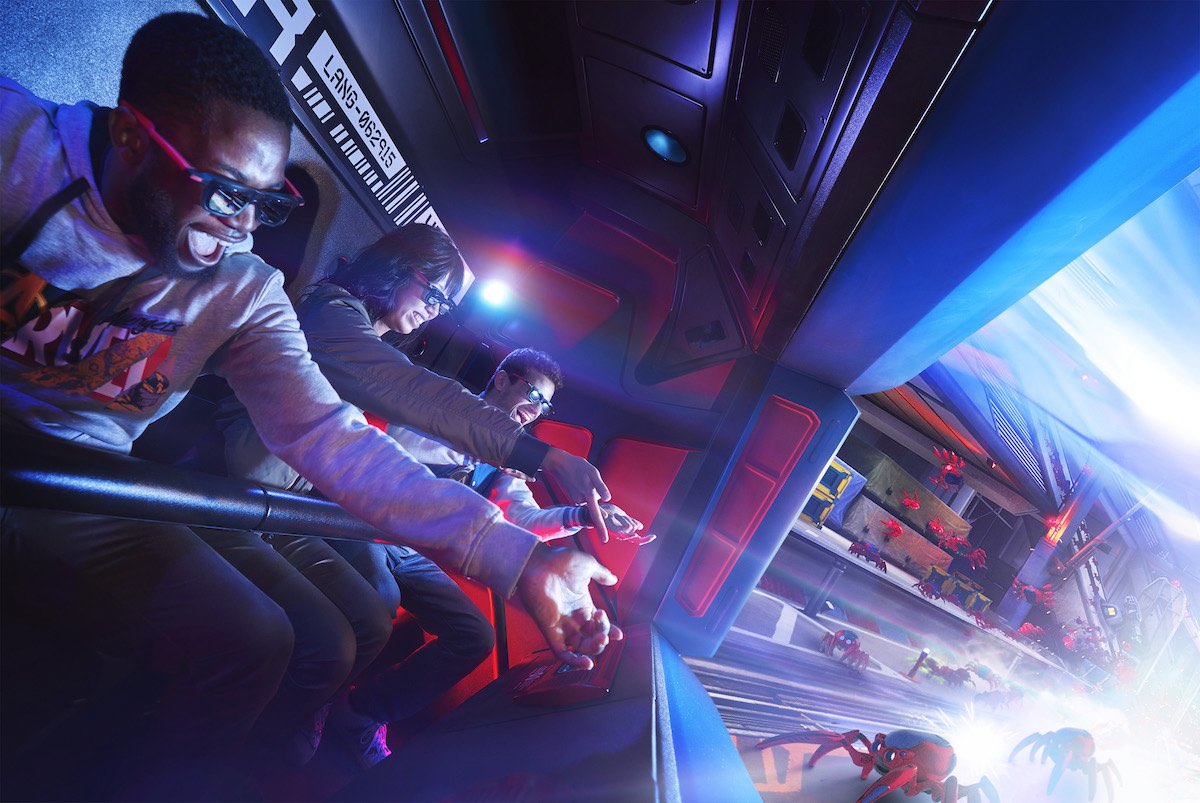
Disney: A magical legacy of innovation
The entertainment industry has seen rapid changes throughout the last century, and Disney technology has remained at the forefront. The company’s unyielding desire to discover and innovate continues to influence the industry and creates enduring memories for audiences all over the world.
